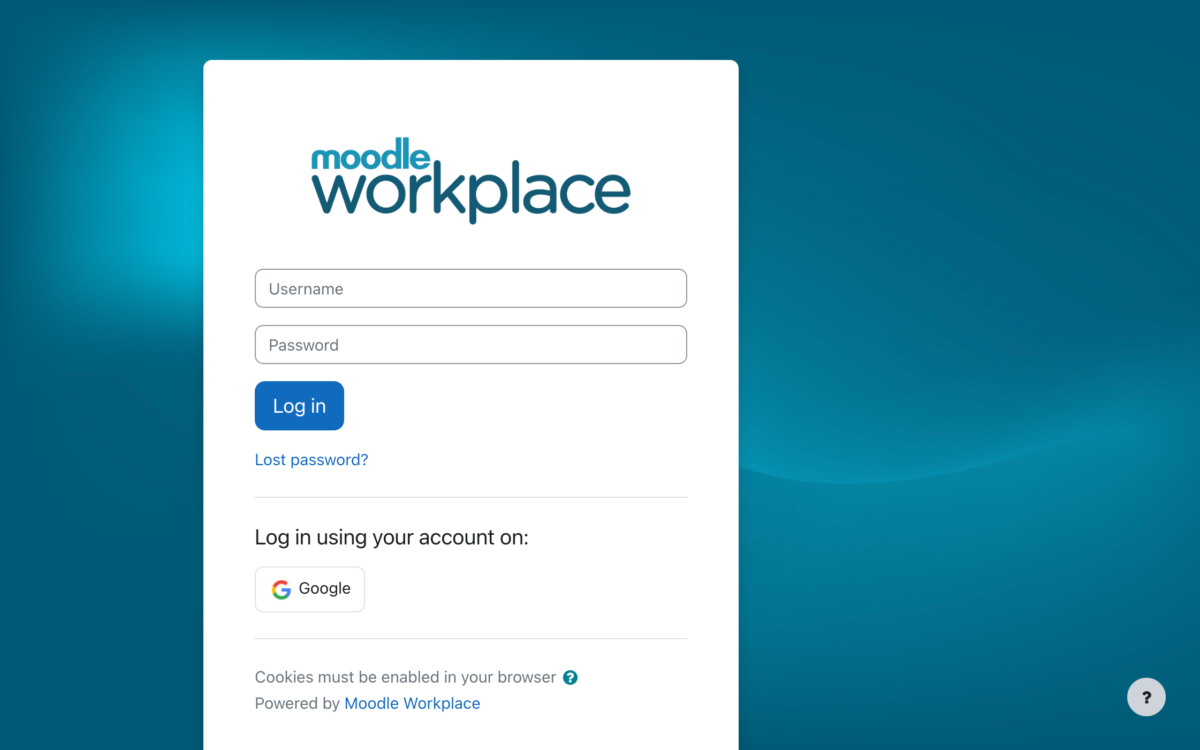SCORM is often paraded as an effective solution for online learning. This article examines its pedagogical inefficacy and challenges the view held by many from non-education backgrounds, namely, that SCORM is a good thing for learning.
Drawing from 15 years of practical experience in the education and e-learning sectors, our mission is to help organisations make an informed decision when choosing learning solutions and tools used to design and manage web content, promote learner-centred interactions and measure the achievement of quality learning outcomes.
The Good
SCORM is an acronym for Sharable Content Object Reference Model. It allows content communication, sharing and reuse across different platforms and systems.
Its key benefits include:
- Ability to share and reuse: a SCO by itself is independent of learning context so that it may be reused in different learning experiences to fulfil different learning objectives.
- Content presentation: Content packaging via the manifest makes it easy to reorganise the content. Standardised content packaging: IMS content packaging format allows for simple distribution of courses and is well supported by the majority of learning management system (LMS) developers.
- Interoperability: SCORM-compliant content can be used on any SCORM compliant LMS making it transportable (1).
The Bad
According to relevant literature, there are three different perspectives on the nature of effective learning:
1. Learning as a skilled activity – requires routines of organised activity matched to learners abilities, clear goals and useful feedback.
2. Learning as achieving understanding – requires interactive environments for construction of understanding, learning and teaching activities that encourage experimentation and the discovery of principles, with support for reflection.
3. Learning as social practice – needs environments of social participation to question and learn – with the sharing and exchange of ideas which facilitate the development of learning relationships (2).
It is fair to state, that SCORM does not tick any of the above boxes for effective learning.
SCORM does not speak to instructional design or any other pedagogical approach, it is purely a technical standard (3). Furthermore, SCORM is
…essentially about a single learner, self-paced and self-directed. It has a limited pedagogical model unsuited for some environments and additionally SCORM is used mainly in the area of training for specific systems and situations by people who are not generally in full-time education (4).
Unfortunately, e-learning is widely promoted as a means of minimising costs by delivering pre-packaged content to learners. SCORM claims to be pedagogically neutral and inherently, a SCO by itself has to be as independent of learning context as possible so that it may be reused in different learning experiences to fulfil different learning objectives – a one size fits all model (5). There is no learning differentiation for learners of varied knowledge, skill or abilities.
Software vendors, third-party content developers and standards bodies describe their learning object related work as being ‘instructional theory neutral’. A more accurate description of their products is ‘instructional theory agnostic’ or in other words “we don’t know if you’re employing an instructional theory or not, and we don’t care” (1).
The Ugly
- Neutral pedagogy: To make content pedagogically sound, it is necessary to involve educators and instructional designers in the process rather than having technologists drive the entire process. Effective pedagogy needs effective theory based instructional design. SCORM by nature is independent of learning context and is self contained, intended as a single solution for all learners without differentiation.
- One-sided communication: SCORM content only facilitates one-way communication, that is from instructor to learner, limiting the learning experience. It fails to take into account the social context in which learning occurs and the value of collaboration and communication between all online course participants. Above all, it does not actively engage learners in the process of thinking and learning, nor in the process of metacognition – the act of thinking about one’s own thinking and learning processes.
- Asynchronous learning: this means the instructor and learner do not interact in real-time. For less motivated learners, this self-paced approach to content design is problematic. Procrastination, the lack of instant support, feedback and interaction along with the pressure of finishing the course within the time limits can be a major source of angst.
- Cost: SCORM offers a poor return on investment. Unfortunately, many organisations do not have the internal capability to create and manage their own online content, thus, pay thousands of dollars in licensing to use a generic off the shelf solution or outsource a third party to develop an expensive glorified PowerPoint style SCORM for them. In the spirit of good business and education, this does not make dollars or sense!
- Resource intensive: a SCO is self contained. It cannot access another SCO without first going through the LMS. If a resource is referenced by more than one SCO, then that resource would need to be duplicated. As SCO files are relatively large, multiple SCOs create issues with data storage requirements. This can present challenges, when one considers the finite hardware resources of a physical server.
- LMS dependent: with system directed learning, SCORM needs a LMS for implementation, management and reporting. Without the LMS, SCORM is metaphorically like clothes without a wardrobe.
- Implementation: As the SCORM standard is open to interpretation, packages that work one way in one LMS are not guaranteed to necessarily work the same in other LMSs (6).
- Reference model only: SCORM is a reference model, not a standard, that serves to test the effectiveness and real-life application of a collection of individual specifications and standards. Changes in future versions have the potential to invalidate earlier implementations (1). This implication is that SCORM content that functions today may not be future-proof or upwardly compatible with later versions.
In summary, a successful e-learning implementation requires the application of good educational theory and instructional design practice. This results in better quality content, learner interactions, collaboration, facilitation, moderation, assessment and evaluation of the course. SCORM is a relatively expensive, limited and ineffective online learning option.
In contrast, low cost open source learning management systems, such as Moodle and Totara, offer numerous educationally sound and socially engaging tools to develop content and deliver, track and report on learning. For those committed to the achievement of quality educational outcomes through web-based learning, it must be recognised that SCORM cannot deliver on this kind of promise.
References
(1) Wiley, D. (2000) Connecting Learning Objects to Instructional Design Theory: A Definition, a Metaphor, and a Taxonomy, reusability.org. Available from http://www.reusability.org/read
(2) TESEP: THE PEDAGOGICAL PRINCIPLES, Professor Terry Mayes, Napier University, UK. 2007.
(3) http://scorm.com/scorm-explained/. Date accessed; 27.01.2011.
(4) Kraan, W and Wilson, S. (2002) ‚ “Dan Rehak: SCORM is not for everyone”‚ CETIS. Available from: http://www.cetis.ac.uk/content/20021002000737
(5) Potential Benefits and Challenges in the use of SCORM in VET. Australian Flexible Learning Framework. Australian National Training Authority. 2003.
(6) Newman, T. (2002), SCORM in a teacup? e-learning age. Available from http://www.informationtransfer.com/elearning/download/InformationTransfer_SCORM.pdf







